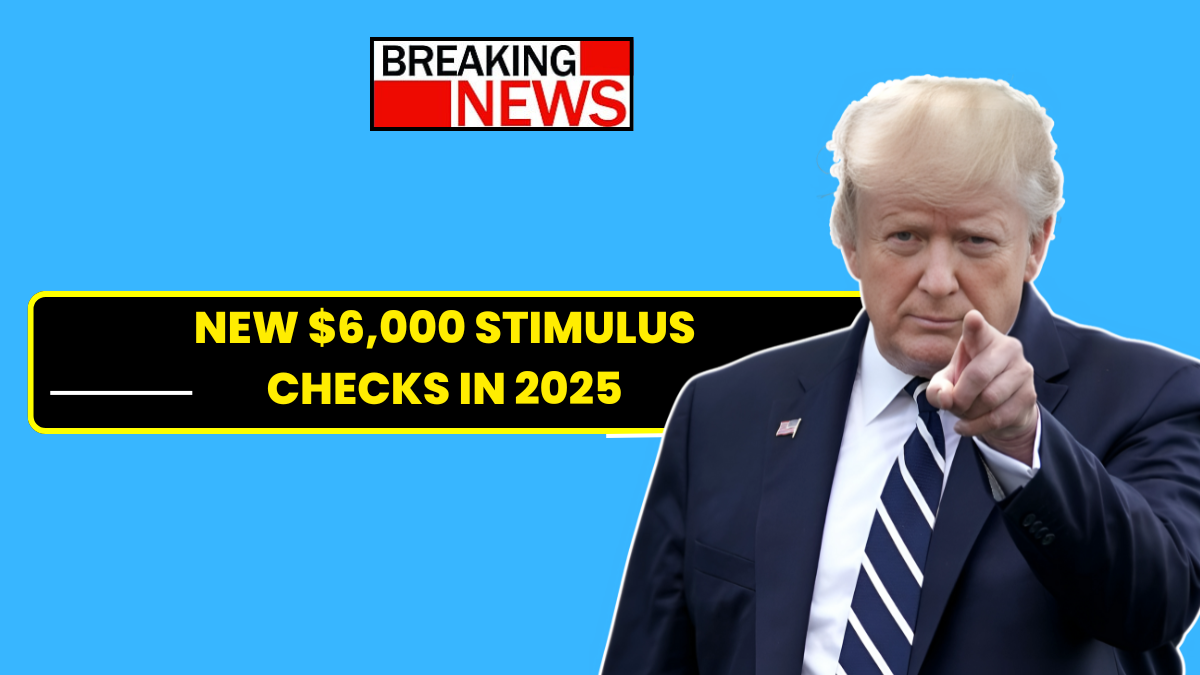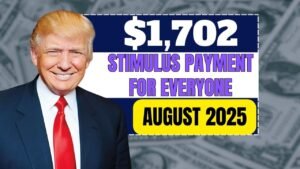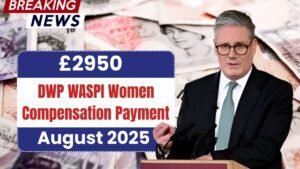The U.S. government has launched a major new relief program that could provide up to $6,000 in financial support to low-income households still struggling from the economic effects of the COVID-19 pandemic. Unlike the one-time stimulus checks that were sent out during the early years of the pandemic, this program is designed to provide ongoing help every month. Eligible recipients will receive $500 per month until March 2025, which can go a long way toward covering essential costs like rent, groceries, utilities, or medical bills.
This plan is part of a broader effort to reduce poverty levels, give families more stability, and strengthen local economies by putting money directly into people’s hands. If you are wondering whether you qualify or how this program might help your household, this detailed guide will explain everything you need to know.
Who Can Get the Monthly $6,000 Stimulus Payments?
Before you start the application process, it’s important to understand the basic requirements. Each state has slightly different eligibility rules, so it’s best to double-check with your state’s official website or local government office. However, most states will expect applicants to meet these key criteria:
- Proof of Residency in a Participating State
You must live in one of the states taking part in the program. Examples include California, New York, Washington, Michigan, and New Mexico. Residency can be proven with a driver’s license, state ID, or a utility bill with your name and address. - Income Limits
This program is specifically for low-income households. Each state will set its own income limits to ensure the funds go to those who need them most. For example, California might require applicants to earn less than a certain percentage of the federal poverty level, while another state might set its own dollar amount limit. - Valid Identification and Citizenship/Residency Status
Applicants need to provide a valid government-issued ID (such as a driver’s license, passport, or state ID) and documentation that proves U.S. citizenship or lawful permanent residency. - Proof of Enrollment in Certain Programs (If Applicable)
Some states may ask if you are already receiving assistance from social support programs like SSI (Supplemental Security Income), SSDI (Social Security Disability Insurance), food stamps (SNAP), or Medicaid. While it’s not always required, being enrolled in one of these programs can sometimes speed up your eligibility review.
Tip: If you are not sure you meet all these requirements, visit your state’s official government portal. Each state will clearly explain its own eligibility rules, and you might still qualify even if you are unsure.
Payment Details and Deadlines: How the Program Works by State
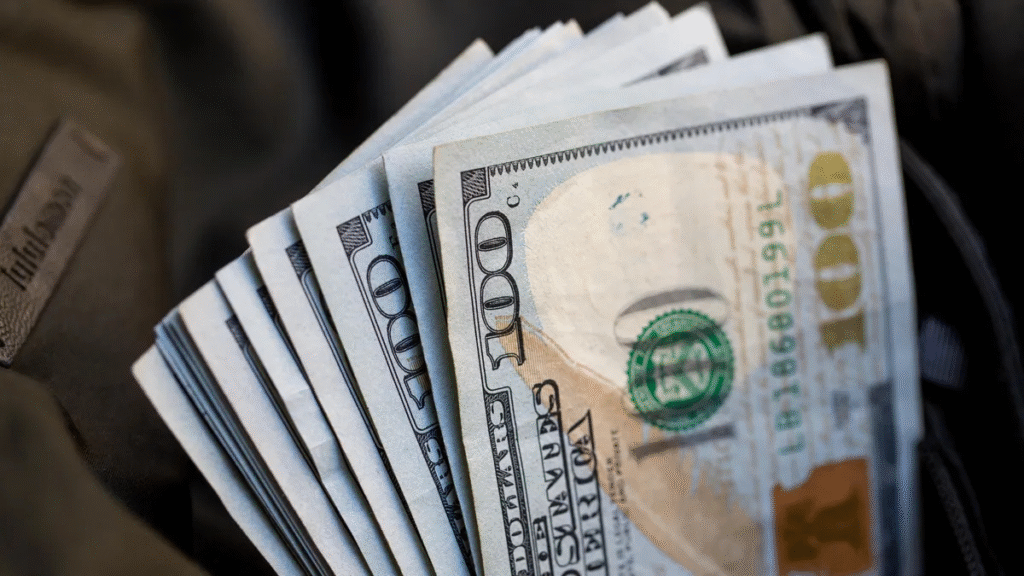
One of the biggest benefits of this stimulus program is that the funds are sent out on a predictable monthly basis rather than as a single payment. This can make budgeting easier for families living paycheck to paycheck. Here’s an overview of some states currently participating:
| State | Monthly Amount | Program Timeline | Payment Method |
|---|---|---|---|
| California | $500 | June 2023 – March 2025 | Direct Deposit or Paper Check |
| Michigan | $528 | Until late 2025 | Direct Deposit |
| Washington | $500 | Until June 2025 | Direct Deposit or Paper Check |
| New York | $500 | Varies by County | Direct Deposit or Paper Check |
| New Mexico | $500 | Varies by County | Direct Deposit |
Because the timelines can vary depending on the state or county where you live, it’s extremely important to confirm the exact payment dates and deadlines on your local government’s website.
How Is This Different From the Previous Stimulus Checks?
During the height of the COVID-19 pandemic, the federal government sent out three one-time stimulus checks. While these checks offered immediate relief, they were not designed for long-term support. Many families found that the money was gone quickly after covering just a few major bills.
The new $6,000 program is different because it provides ongoing monthly assistance instead of a single payment. Here’s why this matters:
- Consistent Support: Monthly payments allow families to plan their budgets better and avoid falling behind on bills.
- Targeted Eligibility: The funds are directed to households with lower incomes, ensuring that the support reaches those who need it the most.
- Boosts Local Economies: Since the money is distributed gradually, it stays in local communities longer, helping small businesses and creating a ripple effect of economic activity.
For example, a family receiving $500 a month could use that money for groceries, utilities, and transportation costs. That spending helps local stores, energy providers, and service companies, which in turn keeps more jobs secure.
How to Apply Without Delays
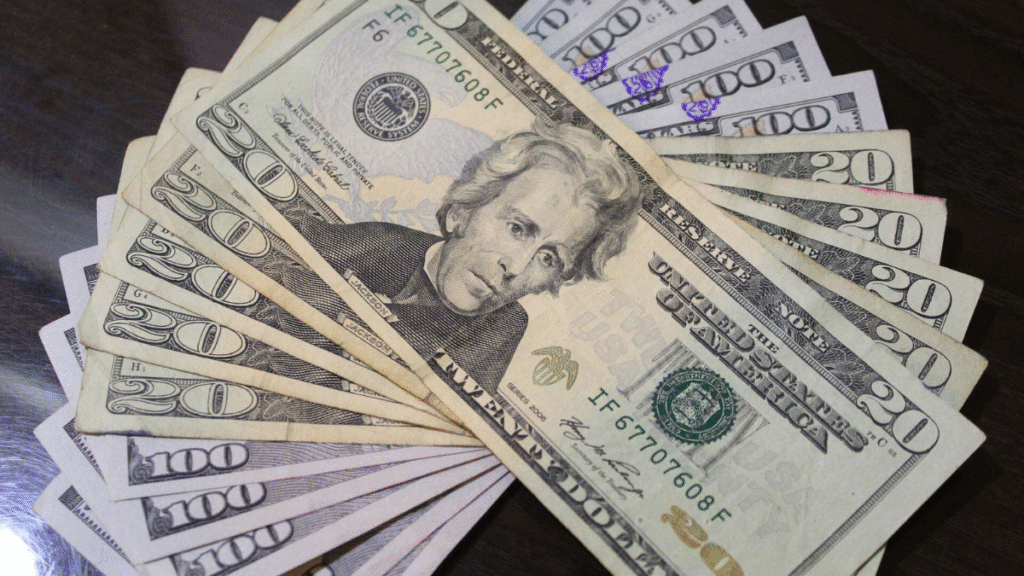
Applying for government aid can feel overwhelming, but following a few simple steps can help you avoid unnecessary delays:
- Gather All Required Documents First
This includes proof of residency, proof of income (like pay stubs or tax returns), Social Security cards or IDs for everyone in the household, and any documents that show you are receiving other assistance programs. - Know Your Deadlines
Some states may close applications earlier than others if the funds run out. Do not wait until the last minute. - Stay Updated Regularly
State websites often post updates if they extend deadlines or change application requirements. Sign up for email or text alerts if possible. - Track Your Application Status
After applying, check your application status online or by phone. If any documents are missing, you’ll want to know right away so you don’t lose your spot.
Example: In California, once you submit your online application through the Franchise Tax Board website, you’ll receive a confirmation number. Keep that number safe because you can use it to check your status anytime.
What Should You Do Right Now?
If you believe you might be eligible, don’t wait. Head to your state’s government website or the local Department of Human Services office and start the application process. The sooner you apply, the faster you can begin receiving the $500 monthly payments.
This $6,000 stimulus program is meant to give struggling families some breathing room. By taking advantage of it, you can create a little financial cushion while you focus on other priorities like paying off debt, building savings, or planning for the future.
Final Thoughts
The COVID-19 pandemic left many households struggling to keep up with rising costs. This monthly stimulus plan is a practical way to help people get back on their feet. If you qualify, the money could mean the difference between falling behind on rent and staying on track, or between skipping groceries and keeping your fridge full.
Check your eligibility today and apply early. With consistent support through March 2025, this program can help you build a stronger, more secure future for yourself and your family.
FAQs
1. Are the $6,000 stimulus checks confirmed for 2025?
No, they are not officially confirmed yet. Updates will be provided by the IRS.
2. Who could qualify for the $6,000 stimulus checks?
Likely low-to-moderate income individuals and families meeting IRS income limits.
3. When would the payments be made?
If approved, payments would follow the IRS payment schedule.
4. Do I need to apply to get the payment?
Most people won’t need to apply if they file taxes or receive federal benefits.
5. How will the payments be delivered?
Through direct deposit, paper checks, or prepaid debit cards, similar to previous rounds.
